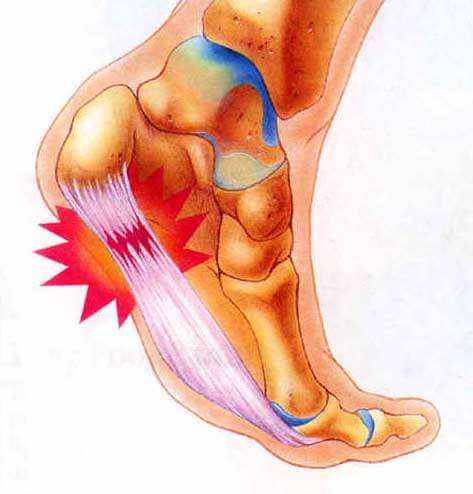Plantar fasciitis is a condition that is common amongst
middle aged people and runners. The most common complaints of a person with
plantar fasciitis is that they have pain in the bottom of their heel that is
killing them at the first step out of bed in the morning. The pain will get
worse if they have been sitting down and resting and then stand back up. There
are few things that relieve the pain, but pain killers and icing your heel will
help.
So, what exactly is this condition? It is called plantar
fasciitis and results when a band on the bottom of your foot is overstretched
and becomes irritated. The constant stretching of the band makes it very sore,
and can actually cause microtears in the fascia. Once this happens, you will
have pain after you have been resting because your fascia had a chance to
return to its regular size.
So, what can you do for this condition? Well, the icing will
certainly help. But, it is really important to help your fascia heel. This can
be done by giving you a steroid shot in your heel. This injection will help to
relieve the inflammation surrounding your fascia. This will also help to reduce
the pain so that you can do the physical therapy of your plantar fascia. You
can do this by freezing a water bottle and rolling it under your heel. This
will help to numb the area and take away more of your inflammation.
You can then use orthotic inserts to let your foot sit in a
position to take the pressure off of the band. This will allow the plantar
fascia to heal and provide you relief. You can also use a night brace while sleeping to hold your foot in a favorable position. If the plantar fasciitis is not treated
and continues to get worse, it can actually cause the plantar fascia to
rupture.
If you are having pain in your heel, you should go and
visit your local podiatrist so that they can determine what is causing your
pain. If you live in the Boston or Dracut, Massachusetts area, Dr. Wachtel
would be more than happy to see you and help determine the best treatment for
your condition. We are also happy to announce our Methuen and North Andover
offices located at 451 Andover St. Suite 300, North Andover MA 01845 and 87
Jackson St, Methuen, MA 01835.




